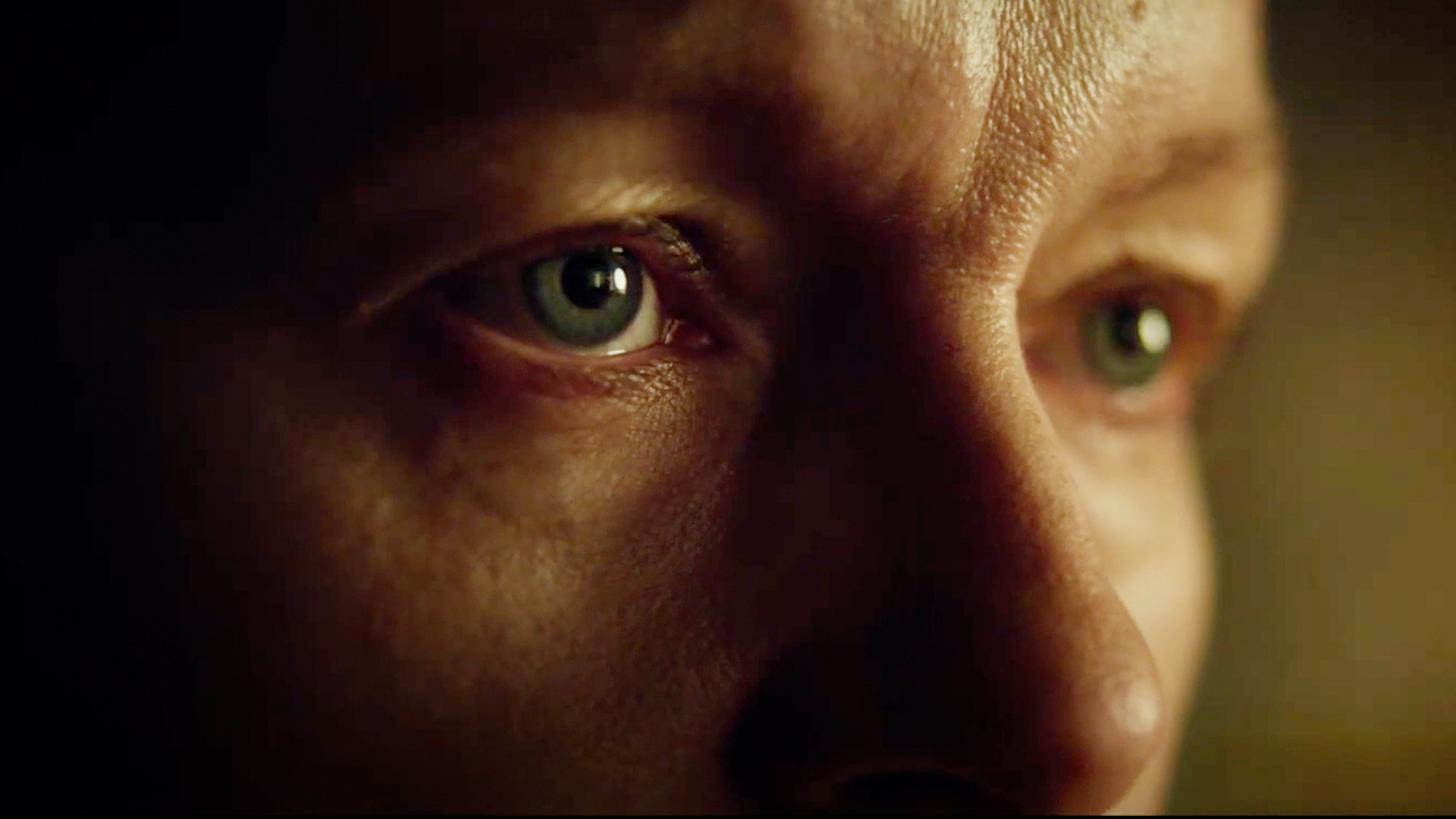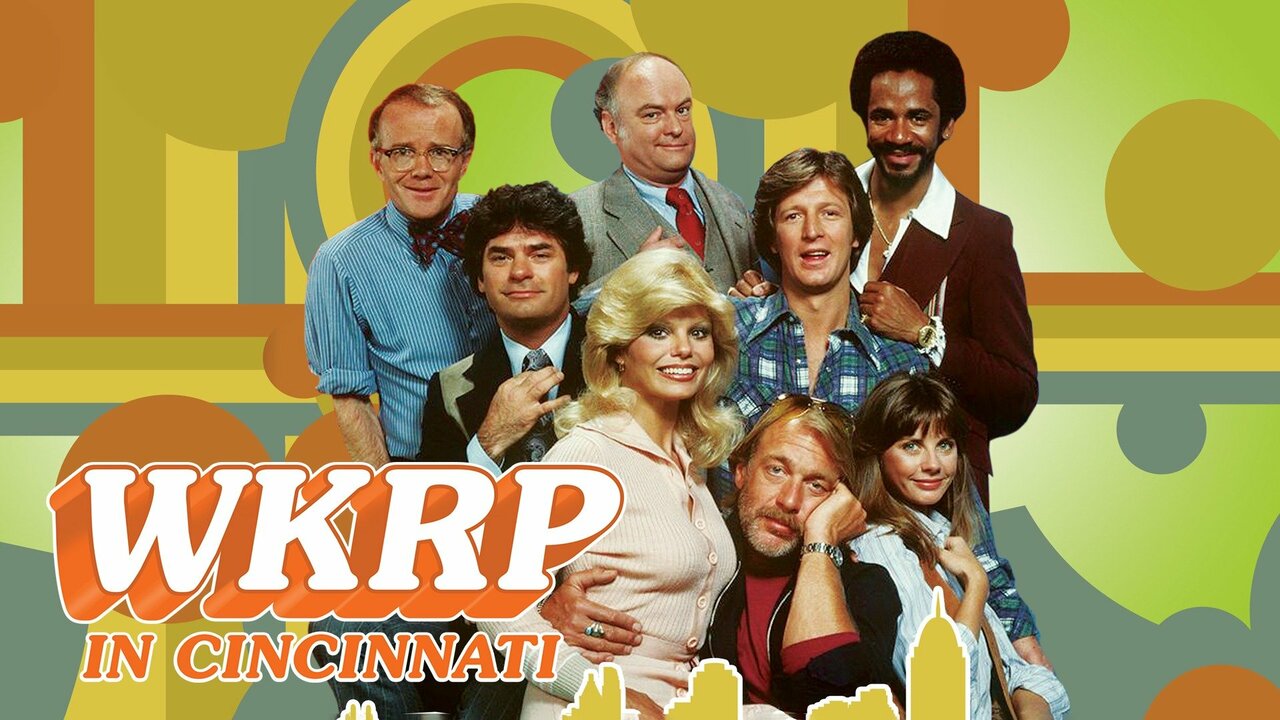2073 (2024): A Bleak Wake-Up Call Cloaked in Sci‑Fi Documentary
Directed by Oscar-winning documentarian Asif Kapadia—famed for Amy and Senna—2073 marks his first venture into fiction. Framed as a speculative "warning from the future," the film blends a dystopian visual narrative with real-world archival footage and journalistic commentary. It's a haunting, message-driven film that imagines life fifty years from now in a ruined, authoritarian world—and its ambition shines, even if its execution can feel heavy-handed.
The fictional thread centers on Ghost (portrayed by Samantha Morton), a mute scavenger surviving in "New San Francisco" after a catastrophic event leaves the city in ruins. She lives in the underground remains of a mall, avoiding police drones and militarized patrols while clinging to a burned fragment of The Autobiography of Malcolm X. Ghost narrates in voiceover—her silence driven by trauma and fear—while the film periodically shifts to documentary-style flashbacks of how society unraveled.

These interludes feature real footage chronicling climate disasters, police violence, tech authoritarianism, genocide, and the rise of extremist leaders like Trump, Putin, Modi, Brexit-era figures, and billionaire technocrats. Voices from Nobel laureates and investigative journalists lend a weighty authenticity to the film’s argument. Kapadia connects these present-day crises to this grim future, effectively posing: "This could be us in 50 years if we don't act."
Visually, 2073 is striking. The burnt-orange skies, decaying metropolis, and oppressive surveillance visuals are chilling and immersive. By grounding futuristic ruin in archival reality, the film exudes a strong sense of plausibility. Samantha Morton’s performance anchors it—her haunted presence gives the warnings emotional weight, even though her character remains introspective and enigmatic.

However, the film’s structure—oscillating between bleak fiction and bleak documentary—can feel disjointed. Critics note that while the urgency of the message is commendable, the tone often edges into doom‑porn: relentless despair with little nuance, escape, or proposed solutions. The narrative pacing lacks dynamism, sometimes suffocating under the weight of its own warnings. Some argue Kapadia’s tone verges on paternalism, presenting a simplified "good vs. evil" view of the future without deeper context or dialogue.
Yet despite its flaws, 2073 succeeds as a visceral cinematic alarm bell. It forces audiences to confront the very real convergence of climate breakdown, technological control, surveillance states, and democratic erosion. While its fusion of sci‑fi and real-world footage may feel stylistically awkward, the result is an urgent ‘video essay’ that dares to ask: what if our worst impulses shape tomorrow?
In summary, 2073 is a bold, provocative film—equal parts chilling prophecy and sober political manifesto. It may alienate those seeking optimism or narrative nuance, but for viewers engaged by stark calls to action and immersive speculative vision, it offers a powerful dose of urgency. Though it borrows from sci‑fi, its real message is clear: the future may already be written by today.

